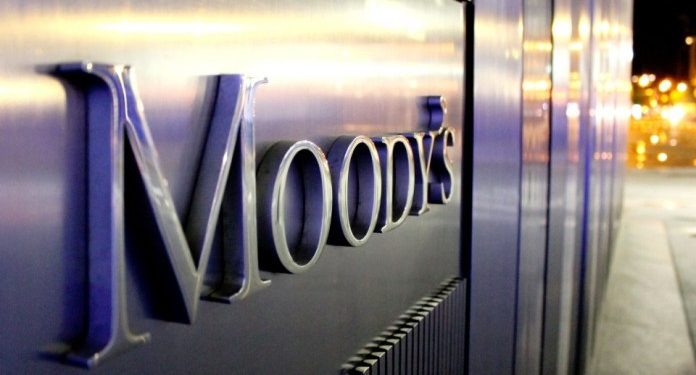A report by Moody’s Investors Service highlights the government’s over-reliance on funding from local commercial banks. The banks finance over 50 percent of Kenya’s domestic borrowing.
According to researchers at Moody’s, the heavy dependence on commercial banks poses a risk to government, in case of any shocks to the banking industry.
“Kenya’s credit profile is increasingly vulnerable to any deterioration in the banking sector or adverse market sentiment,” states Lucie Villa, a Moody’s Vice President – Senior Credit Officer.
Many observers have raised concerns about the growing level of public debt and Kenya’s ability to repay the loans. A Central Bank report shows that government debt stood at KSh5.43 trillion as at the end of March 2019. The debt consisted of KSh2.70 trillion in domestic loans and KSh2.72 trillion in external loans.
The government has made attempts to close the budget deficit – and hence reduce the need to borrow – by increasing the amount of revenue collected through taxes. “Past performance suggests the government’s efforts to increase revenue will be challenging to deliver, but Moody’s expects that the primary deficit will continue to decline progressively to 2% by 2021,” reads the report by Moody’s
Analysts at Moody’s predict that the $2.1 billion Eurobond issued by the government in May and efforts to increase tax revenue will help to ease the liquidity pressures on Kenya’s National treasury.




